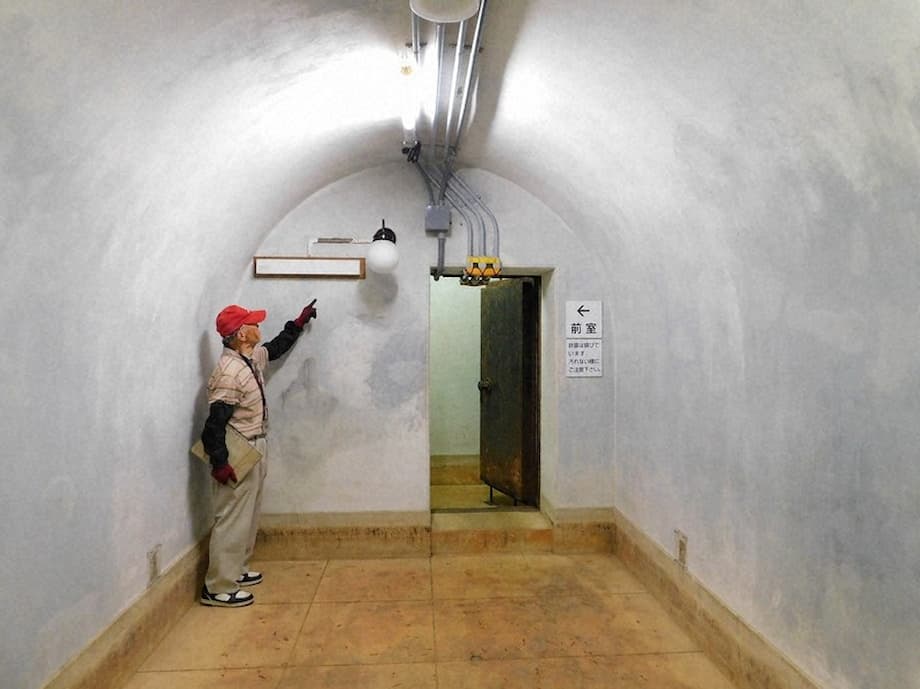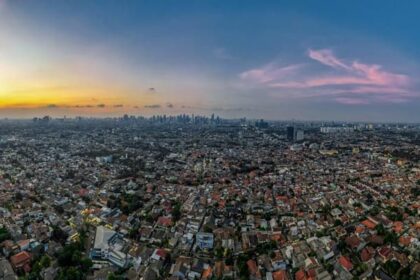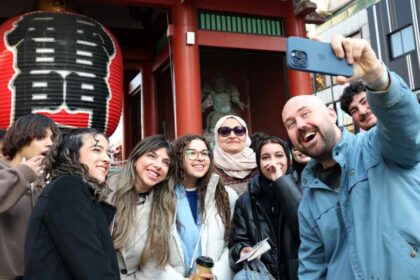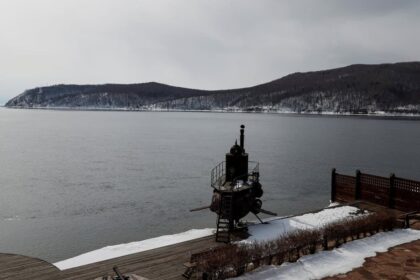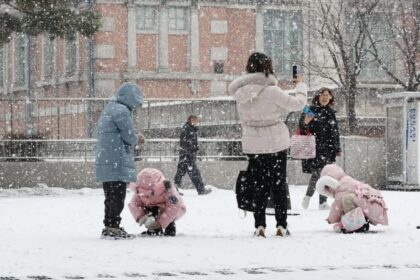The Hidden Fortress Beneath Narita: A Wartime Relic Endures
Beneath the tranquil lawns of Sanrizuka Memorial Park in Narita, Chiba Prefecture, lies a remarkable relic of Japan’s wartime past: an imperial air-raid shelter known as the Obunko. Built in utmost secrecy for then Crown Prince Akihito and completed on December 8, 1941—the very day the Pacific War began—this subterranean structure has survived more than 80 years without a single crack, condensation stain, or sign of structural fatigue. In 2024, the Japanese government recognized its historical and engineering significance by designating it a registered tangible cultural property.
- The Hidden Fortress Beneath Narita: A Wartime Relic Endures
- Why Was the Shelter Built—and Why Here?
- Inside the Obunko: Engineering Marvels and Chilling Silence
- The Site’s Deeper History: From Imperial Stud Farm to Wartime Refuge
- Imperial Air-Raid Shelters Across Japan: A Broader Context
- From Secrecy to Public Memory: The Shelter’s Modern Role
- In Summary
While the shelter’s existence was once a closely guarded secret, today it stands as a testament to the era’s anxieties, the extraordinary lengths taken to protect the imperial family, and the enduring power of careful engineering. Yet, despite its historical importance, the shelter remains little known even among Narita’s own residents.
Why Was the Shelter Built—and Why Here?
The Obunko was constructed at a time when Japan was bracing for the realities of modern warfare. Air raids on cities had become a terrifying possibility, and the safety of the imperial family was a matter of national concern. The chosen site—then the Shimofusa Imperial Stock Farm—was remote, secure, and already under imperial control, making it an ideal location for a secretive construction project. Today, the area is Sanrizuka Memorial Park, not far from the bustling runways of Narita International Airport.
The shelter’s completion on the day Japan entered the Pacific War is a poignant historical coincidence. Yet, despite the urgency and secrecy surrounding its construction, the shelter was never actually used by the Crown Prince, who was evacuated elsewhere during the war. After Japan’s defeat, the shelter was repurposed for storing agricultural produce and eventually opened to the public in 2011.
Inside the Obunko: Engineering Marvels and Chilling Silence
Descending 5.2 meters underground, visitors enter a space that feels both utilitarian and fortress-like. The shelter covers about 69 square meters and consists of a main room flanked by two antechambers. Each chamber is separated by thick iron doors, designed specifically to withstand the shockwaves of nearby explosions. The main room itself is about 11 square meters—small, but meticulously insulated from the outside world. Even the roar of jets from Narita International Airport is inaudible within its walls.
Guide Katsuhiro Itokawa, who leads tours of the site, notes that the temperature inside remains a steady 19 degrees Celsius, even when the summer heat outside soars to 28 degrees. The shelter is equipped with lights, electrical outlets, and telephone jacks—evidence of the careful planning that went into ensuring the imperial family’s comfort and safety, should they ever need to take refuge here.
Construction Secrets Revealed
For decades, the details of the shelter’s construction remained shrouded in mystery. Only with the discovery of records from Hazama Corp. (now Hazama Ando Corp.), the contractor responsible for the project, did the full story come to light. The records, published in the company’s centennial history in 1989, describe a construction process that was both rigorous and innovative:
- A 5-ton entrance door was installed to withstand blasts and prevent unauthorized entry.
- Reinforcing rods 25 millimeters thick were bound together at 10-centimeter intervals, creating a dense steel skeleton for the concrete.
- The reinforced concrete walls are about 70 centimeters thick—comparable to what is used in modern 30-story skyscrapers.
- Not a single nail was left exposed, minimizing weak points and maximizing durability.
Remarkably, after more than eight decades underground, the shelter remains free of cracks, leaks, or condensation. Construction professionals from across Japan visit to study its design, hoping to glean lessons in durability and resilience.
The Site’s Deeper History: From Imperial Stud Farm to Wartime Refuge
The location of the shelter is itself steeped in imperial history. Before the construction of Narita International Airport, the area was home to the Shimofusa Imperial Stock Farm, a sprawling estate dedicated to breeding horses for the imperial family. Today, the Museum of Imperial Horse Husbandry stands nearby, offering visitors a glimpse into the site’s earlier role in supporting the royal household.
The museum, managed by Narita City and staffed by knowledgeable volunteer guides, showcases artifacts such as royal carriages and airplane equipment used by Emperor Showa. Guided tours often include a visit to the air-raid shelter, providing context for its construction and the broader efforts to safeguard the imperial family during turbulent times.
Preserving Memory and Heritage
The shelter’s survival is not just a feat of engineering—it is also a powerful symbol of Japan’s wartime experience. As the years pass, fewer people remember the anxieties and sacrifices of the era. Sites like the Obunko, along with museums and memorials, play a crucial role in preserving these memories for future generations.
According to historians, the preservation of such sites is essential for understanding the full impact of war on Japanese society. The trauma of air raids, the displacement of families, and the creation of war orphans (sensō koji) are all part of the nation’s collective memory. As one academic study notes:
“War orphans are products of war, not just postwar Japan, and their experiences highlight the failures of state protection and the enduring silence surrounding their suffering.”
By maintaining the shelter and opening it to the public, Narita City helps ensure that these stories are not forgotten.
Imperial Air-Raid Shelters Across Japan: A Broader Context
The Obunko in Narita is not the only imperial air-raid shelter to survive from World War II. Other sites, such as the Tamozawa Imperial Villa in Nikko, also feature shelters built to protect members of the imperial family during air raids. The Tamozawa Villa, once a summer residence for Emperor Taisho, includes a garden air-raid shelter that visitors can still see today. These structures, often hidden or overlooked, offer a unique window into the fears and priorities of wartime Japan.
While the Tamozawa Villa has been restored and opened to the public as a cultural site, many other shelters have not survived or remain inaccessible. The preservation of the Narita shelter is thus particularly significant, providing a rare opportunity to experience a piece of living history.
From Secrecy to Public Memory: The Shelter’s Modern Role
For decades after the war, the Obunko remained largely forgotten, used only for storage and rarely discussed. It was not until 2011 that the shelter was opened to the public, allowing visitors to step inside and imagine the anxieties that shaped its creation. Today, the site attracts a steady stream of history enthusiasts, engineers, and curious travelers from across Japan and beyond. Yet, many local residents remain unaware of the shelter’s existence, a testament to the enduring secrecy that once surrounded it.
Efforts to raise awareness and preserve the shelter continue. Its recent designation as a registered tangible cultural property is a major step forward, ensuring that future generations will have the chance to learn from its story. As guide Katsuhiro Itokawa explains, the shelter is more than just a relic—it is a living classroom, offering lessons in history, engineering, and the resilience of the human spirit.
In Summary
- The imperial air-raid shelter in Narita, built in 1941 for Crown Prince Akihito, remains structurally sound after more than 80 years underground.
- Constructed in secret beneath the former Shimofusa Imperial Stock Farm, the shelter features advanced engineering, including 70-centimeter-thick reinforced concrete walls and a 5-ton blast door.
- Though never used by the Crown Prince, the shelter was repurposed after the war and opened to the public in 2011.
- The site is now part of Sanrizuka Memorial Park and is recognized as a registered tangible cultural property by the Japanese government.
- The shelter’s preservation offers valuable insights into Japan’s wartime history, engineering prowess, and the importance of remembering the past.


